
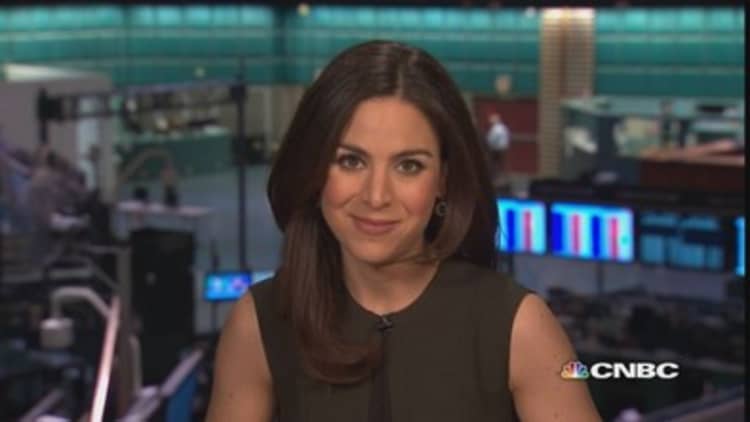
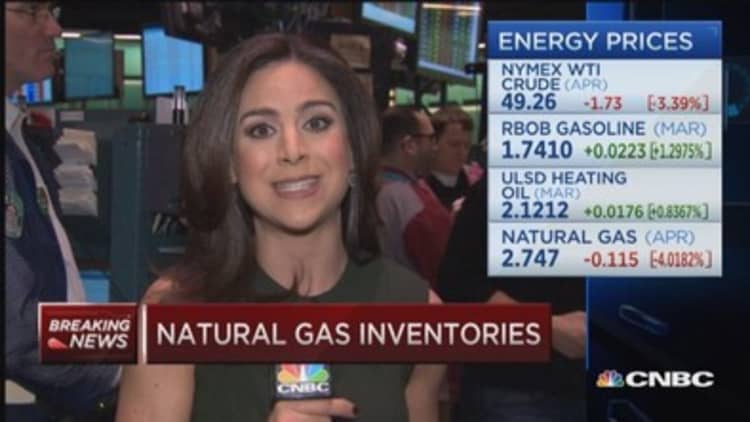
Ample global supply and increasing U.S. commercial inventories weighed on U.S. crude prices on Thursday after expectations for better demand going forward lifted prices a day earlier, traders and analysts said.
U.S. crude settled 5.5 percent lower, or $2.82, at $48.17 a barrel, following a more than 3 percent gain in the previous session.
Brent losses were tempered by expectations for improving global demand and geopolitical concerns about energy supplies from Libya and Russia.
Benchmark Brent crude fell $1.60 to $60 a barrel, after hitting a session peak of $62.63. On Wednesday, Brent surged 5 percent.
Read MoreAre oil producers running out of closet space?
Earlier, Brent's premium to U.S. crude increased to $12.06 intraday on Thursday, the widest since January 2014.
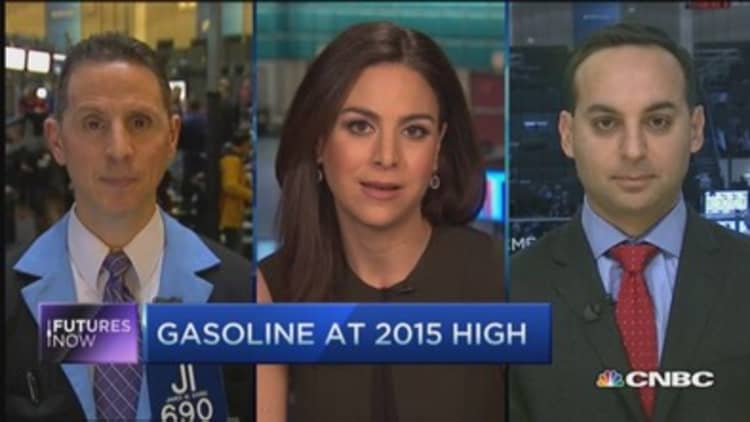


Helping limit Brent losses and boosting its premium to U.S. crude was the growing number of OPEC officials making cautiously hopeful comments on the outlook for demand for petroleum.
Both crude contracts rallied on Wednesday, boosted by Saudi oil minister Ali al-Naimi saying demand was growing. Earlier in the week a Gulf OPEC delegate predicted stronger demand growth in the second half of 2015.
Read MoreSaudi's Naimi says oil demand is growing, markets calm
Brent prices collapsed after hitting $115 in June 2014 on global oversupply and OPEC's subsequent decision to defend market share against rival producers rather than cut output.
Brent has rallied more than 35 percent from a near six-year low of $45.19 in January, supported by signs that lower prices are starting to reduce investment in production in the United States and other non-OPEC countries.
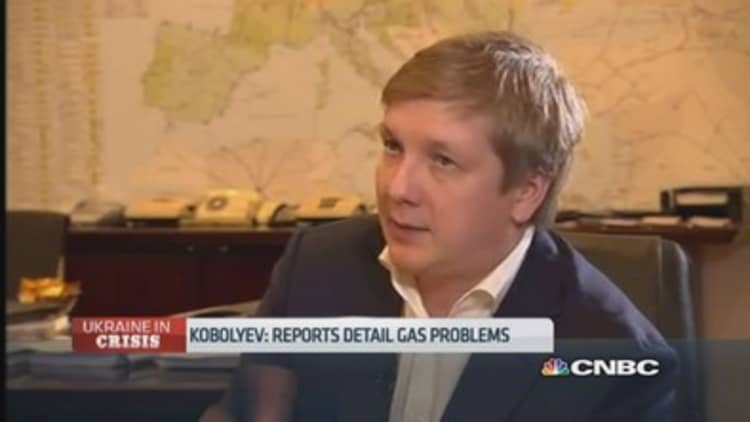

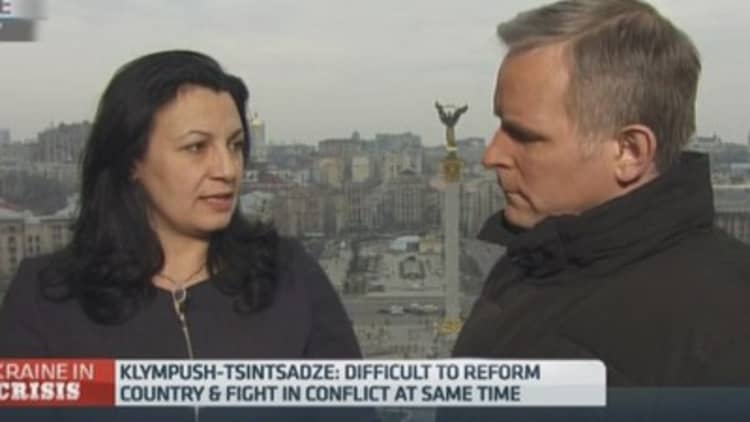
Adding to support for Brent this week was President Vladimir Putin's warning on Wednesday that Russia would halt natural gas supplies to Ukraine if it did not receive advance payment, raising the possibility of deliveries to Europe being disrupted for the fourth time in a decade.
Turmoil in embattled Libya has kept production and exports from the OPEC-member nation uncertain, adding lift to Brent.
"The Brent market is much more reactive to an almost daily dose of geopolitical headlines that are demanding at least some element of risk premium," Jim Ritterbusch, president at Ritterbusch & Associates, said in a research note.
Read MoreWhy it pays to be cautious on oil
Meanwhile, U.S. crude inventories continue to grow, adding another 8.4 million barrels to storage last week, according to government data.
At the same time refinery capacity use fell as refiners do maintenance, helping the deficit of U.S. April to May crude increase to more than $2 a barrel.

